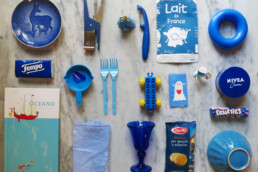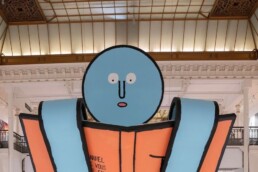Life is amazing really, you never know what’s round the corner or where it will take you. For example if I were to go back in time to Australia and ask an 8 year old Scott McInerney what he’d like to be when he’s older, I’m sure the reply would not have been ‘I’m going to design elasticated heeled baby shoes (comfortable and clever) and make lots of them, say 2000 a day in my own factory in Brazil’. It’s fascinating how from a little seed of an idea an international business can grow. We chat with Tip Toey Joey founders Ana & Scott McInerney to find out more about the business, manufacturing in Brazil and of course what makes a good kids shoe.

For those who don’t know could you tell us how you started Tip Toey Joey and how you created the first shoe?
Scott: It all started back in November 2001, when Sofia, our first child, was born. We had just moved from London to Ana’s home town Franca, in Brazil. Franca had, and still does, a rich history of shoe making. I was inspired by its artisanal beauty and thought I would try and take some existing men’s shoe brands to sell in Australia. We both wanted to create a form of income between our two countries, where we could essentially see both our families. So when Sofia was 6 months old, I took her and Ana to Australia for 3 months to see my family and try and sell some shoes. The trip was a flop for shoe sales, I didn’t sell a pair, but we did stumble upon some great soft leather slippers for Sofia. They were so much better than the rigid shoes we had bought her, that kept on falling off and made her feet sweat, but these were too simple, lacked design, and the elastic made marks around her soft little puffy ankles.
I remember feeling a strong sensation that maybe I could do better, maybe I could make a better shoe for her that brought together everything good in each shoe that I had seen. From that moment on, I couldn’t get it out of my head! I was thinking about it day and night and completely gave up on selling the men’s shoes. I was solving a problem for my daughter Sofia – the product came first.
After the 3 months, we returned to Brazil and I enrolled in as many courses as I could to learn about shoemaking. I set a goal to create a shoe that was super functional and amazingly comfortable with a beautiful cool timeless design. That was quiet a task looking back on it, as well as that I wanted it to be easy to put on but hard for her to take off, would be non-restrictive, allow her foot to grow naturally, and made from super soft and breathable leather.
I studied sewing, pattern making, leather grading and design during the nights and tested my first designs during the day. I had always loved drawing, but had never been able to bring it into a working environment. Now I was drawing like a mad man, taking my designs to a pattern maker, cutter, skiver, then a sewer who would always look at my designs and say “That’s too hard and will be too expensive to make!”. I didn’t care and just kept ploughing on. I don’t think I had ever given something so much thought and dedication… Ana often found me sleeping with my shoe designs in hand.
The months passed, Sofia was getting older and getting tired of testing all my creations. But as they passed, I knew that with each design I was getting closer to what I had set out to solve. Finally, in July of 2003, I had perfected 3 different models, a casual, a sandal and a mary jane, each with the now famous elastic stretch heel that I had created. Although a little tired of them, Sofia loved them, we loved them and when, finally showing our friends, they loved them, we thought maybe others might like them.

What did you both do before Tip Toey Joey?
Scott: I studied business accounting at University in Australia, graduating in 1991, I worked for two years in Australia before deciding to explore the world. With London as my base, I worked in the finance and audit departments for Investment Banks and travelled for the next 4 years, before meeting Ana in London in September 1998. After a brief trip to Brazil, we returned to London, where I worked as a business analyst for a telecoms company until leaving for Brazil in 2001.
Ana: On the other hand, I come from a branding background. I grew up in Brazil and graduated from university with a Bachelor in Marketing. Then I moved to São Paulo , the biggest city of South America, and worked for Advertising & Brand Agencies until heading to London in 1998. Whilst in London, I studied at Central Saint Martins and won a competition to do a work experience at a top agency there.
Do you still have the first wooden form shaped from Sophia’s print? If so, where is it?
Ana: No, unfortunately the original was lost in moving from factory to factory…
Scott: However, the design shape of the last was copied well before the original was lost and serves as the last for all baby shoes we produce. I had several wooden copies made up that sit with me in my office as an inspiration. Whenever I draw up new models, I always have the wooden lasts close by.
Was becoming a global brand part of the plan when you carved out that first wooden form?
Ana: No, not at all. We really wanted to build that bridge between Brazil and Australia, to create something that would allow us to go between for business and pleasure. Although, when we had the first models ready, we knew we had something great and really hoped that others would like it. When they did, we started to dream.
What makes a good baby or child’s shoe?
Scott: I guess that is the same answer for all good products: if you put your heart and soul into making something to solve a problem, then they will be great products. I set out to make what I thought would be a great baby shoe, I studied all that was good and bad in the market, and then put my head together to create something that was super functional, amazingly comfortable, with a great timeless design.
You have to have a deep understanding of the development stages of the babies’ foot and a respect for natural foot development. It is then a combination of your gained knowledge, materials, design and test, test, test, thinking that you can always make it better.

Is it difficult striking the balance between baby friendly footwear and design aesthetic?
Scott: As a consumer, I detest buying a product that looks great but does not perform to my expectation. There is an ever increasing demand from the market for new designs quickly fitted into current fashion tendencies, but at Tip Toey Joey we are always remembered by our mission: “Always driven by the same care and passion as we did when we made the first pair for our daughter, we will bring to the world the most deliciously comfortable, supportive and lovingly crafted shoes, nurturing the natural foot development of your child from the moment of birth through their important growth years. Growing Together”. By the way, “growing together”, written as one word, is our signature.
Ana: We are firm believers in Kairos, that everything has its right time, so every model we create can never be rushed off the design table on to the production floor, it must go through a healthy process of testing.
Scott: After all we are talking about a consumer that will not tell you what is wrong with the shoe, they will simply not wear it. So to simply look at aesthetic over function and comfort is falling to the demands of the fashion world and forgetting our “baby”.
What was your reasoning behind having your own factory producing your footwear?
Scott: When I returned from Australia with our very first orders in 2004, I outsourced the production to a small children’s footwear factory. Determined to deliver the same quality that I promised in our samples, I involved myself in the review of each of the processes in the making of the shoes. Whilst outsourcing to this factory, they in turn outsourced its sewing process to little home based enterprises, where you would commonly find the mother and father sewing the shoes in the garage. I was shocked by the ones that I visited. While the parents worked endless hours trying to increase production, their babies were being left alone in puddles of water, close to clandestine electrical wiring… It was a terrible health hazard. As well as that I just felt that we never had complete control over the quality process or the delivery time. If we wanted to be a true transparent values orientated brand, then we needed to be serious about our production.
So with the help of Ana we enrolled into an incubator project funded by the local government and state industry authorities, where we started our little Tip Toey Joey factory, all our own adult staff, working in great conditions, all with an eye toward the quality of the final product. It was nerve racking though, I remember the day before we moved the production to our own local, thinking “What have I done… I know nothing about running a factory!” We nervously got through those first months making 30 pairs a day. Now we run a factory making 2000 pairs a day. That moment was a turning point. Delivering a great product with control over the quality gave us the confidence that we could grow up.
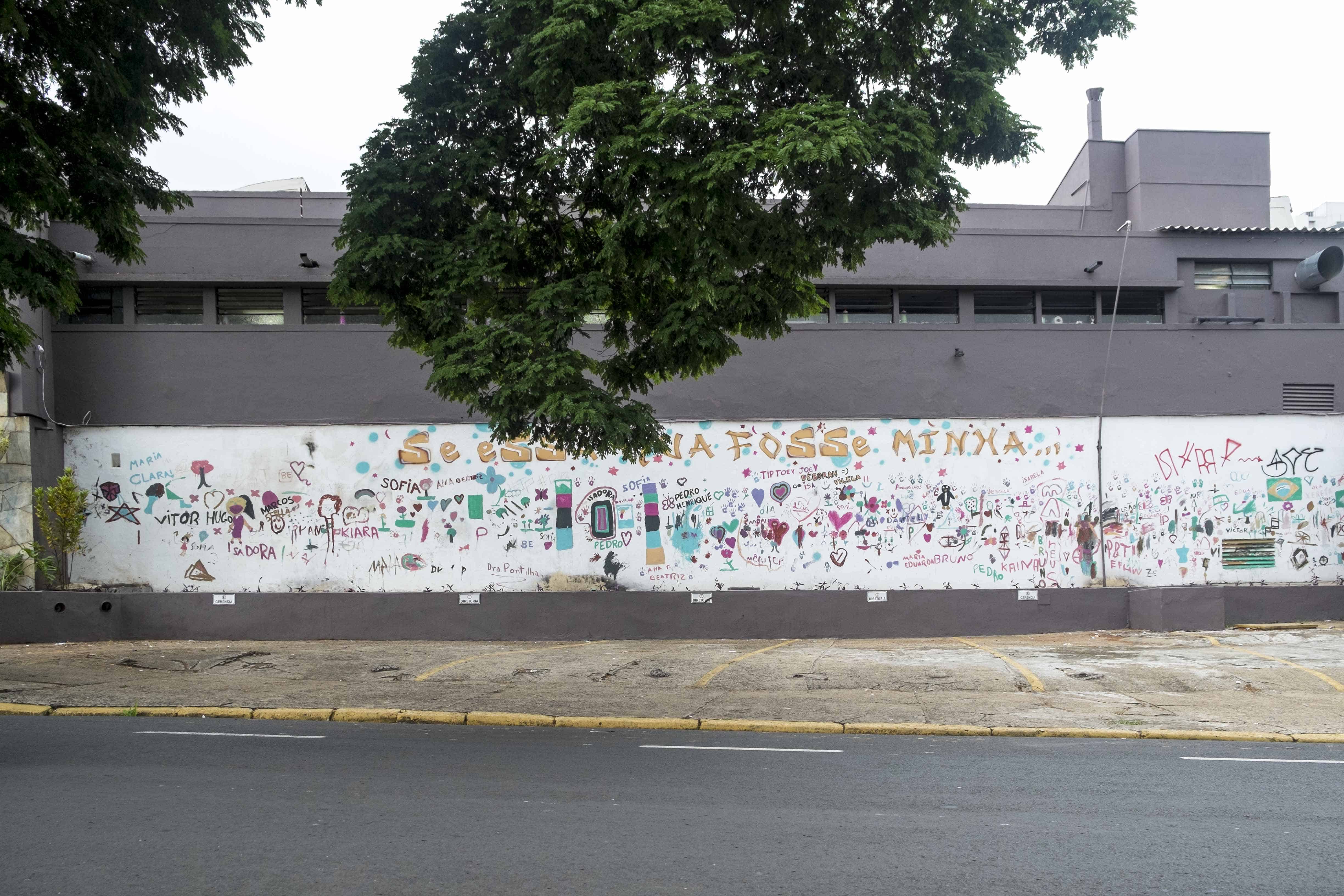
Brazil is the biggest footwear producer outside of Asia, did this make it easier finding a skilled workforce for your production?
Ana: Absolutely! We are so proud of the shoe making history of my hometown Franca, there are some 17.000 people employed in the production of footwear in our region, with the first factories dating back to pre-1950. This made our decision to produce here so much easier as we knew we had a wealth of experience on our doorstep.
Scott: However, few of these artisans had been working with baby shoes. Our shoes are 3 times smaller and twice as hard to make, so we had to do a lot of learning and then retraining to get those big hands working on small shoes. Today we have a highly skilled workforce of nearly 400 collaborators in a proportion of 70/30 women to men.
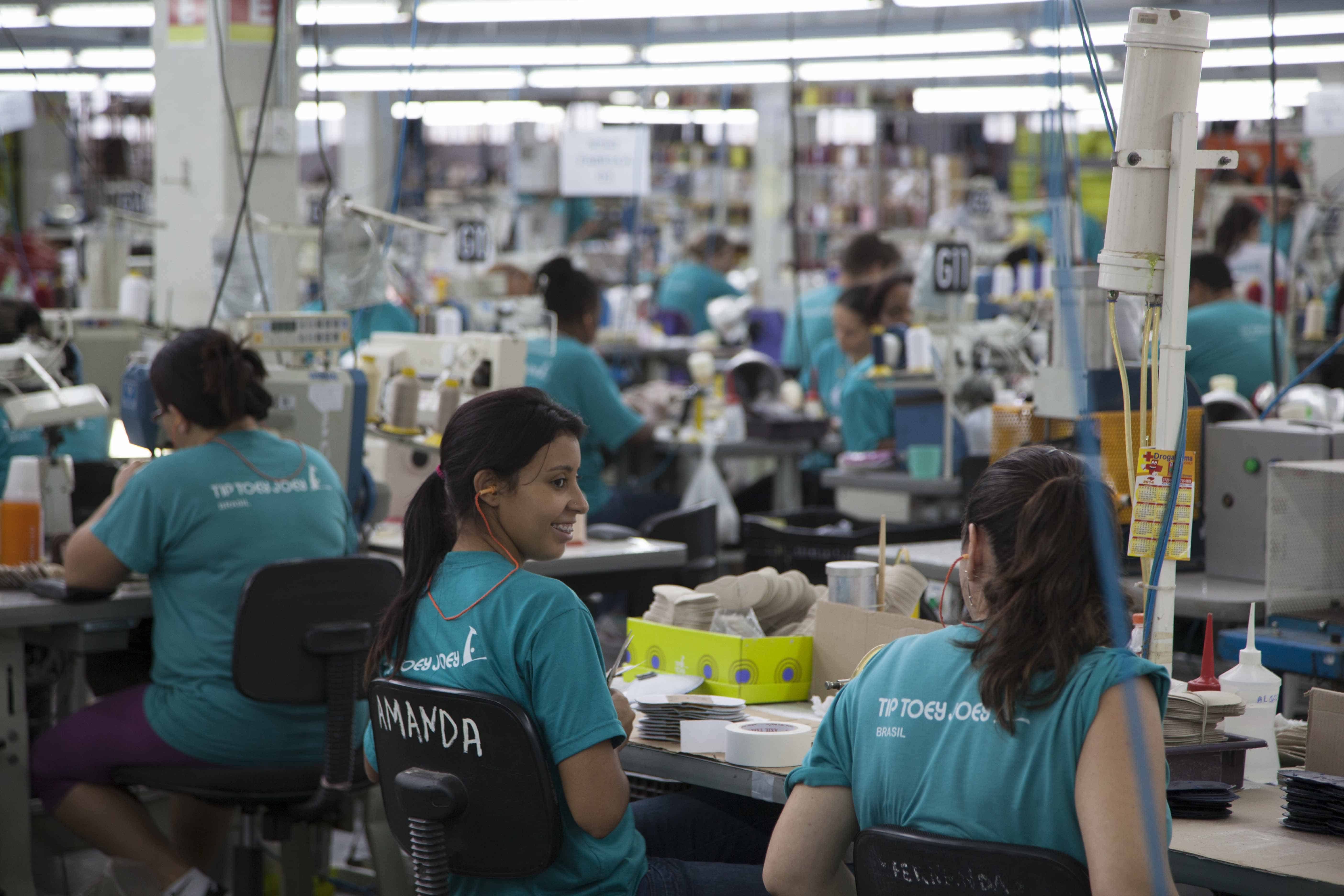
I met you at Playtime NY earlier this year, is America an important market to you?
Ana: Yes, we really enjoyed our time at Playtime New York! We really believe we have a great product for the American market, as we have been in great boutiques such as YOYA (New York City) and specialized shoe stores Brooks Shoes for Kids (a few cities in California), and online with Friendly Rooster for a few years, but have never set out to really grow the market until now. We want to grow our markets slowly with maximum attention to the brand/store owner relationship. It is not volume that drives us. It is a little cliché, but we would rather be in the best boutiques than have the biggest volume.
Your photograph really stands out as very authentic, you use real families in your campaigns. How do you find and choose the families?
Ana: Upon deciding the collection theme, I set out to locate a family that as well as having the values of the brand, encompasses the feeling of the collection. It is a time consuming process of research and then meeting the families. Upon final selection, we have to make the family feel as comfortable as possible to be as natural as possible in their own environment.

Do you work with the same photographer for your campaigns?
Ana: We have had some great photographers involved with our campaigns over the years, but since we started getting families involved in the campaigns we have selected families with an artistic flair, where sometimes the actual parents are photographers. In the case of the SS17 Sabiá Collection, the parents were musicians so we enrolled the help of a professional photographer, Lucia Braga.
How does a bird inspire a children’s shoe collection? Birds aren’t renowned for walking! ;)
Scott: We love selecting playful themes as inspiration for our collections that also remind us of our childhood. While I didn’t grow up with the Sabiá bird in New Zealand, it is native to Brazil, it is part of the thrush family, which is common to New Zealand. So when we decided to start our series of collections “The Arts” with our first theme being music, we selected the most joyful music we remembered as children, the sounds of nature in the form of the birdsong. And what better bird to represent that than the national bird of Brazil, the Sabiá?!
Can you hear the Sabiá bird in your own garden in Brazil?
Ana: We have just built our house so our trees are too small for the birds to come… However we do have some trees around the factory, where you can hear the joyful chirping of the sabiá in the morning.
No football boots in your collection, is that allowed as a Brazilian footwear label? ;)
Scott: I am a huge football fan and would love to do some little football booties for babies and kids. Who knows, maybe in time for the next World Cup!
What can we expect from Tip Toey Joey in the future?
Scott: Well, we are so proud of what we have achieved since the first models were approved by Sofia…The brand has allowed us to dream, so we will keep on dreaming up great footwear for babies. We have some really cool projects in the pipeline, we have some great footwear designs coming out in the next year or so and maybe even branching out to some other cool products for babies. We will continue growing internationally and will be launching our commerce site for Australia in the coming months, and US and Europe in 2018.
Ana: We will be launching a special collection in the USA by early 2018, a collection to mark the future of the brand. I am really excited about this collection as we are putting together all that we have learnt to create a new concept for baby shoes. It will be everything that Tip Toey Joey was, is and wants to be.
Thank you Both !
Sabia SS17

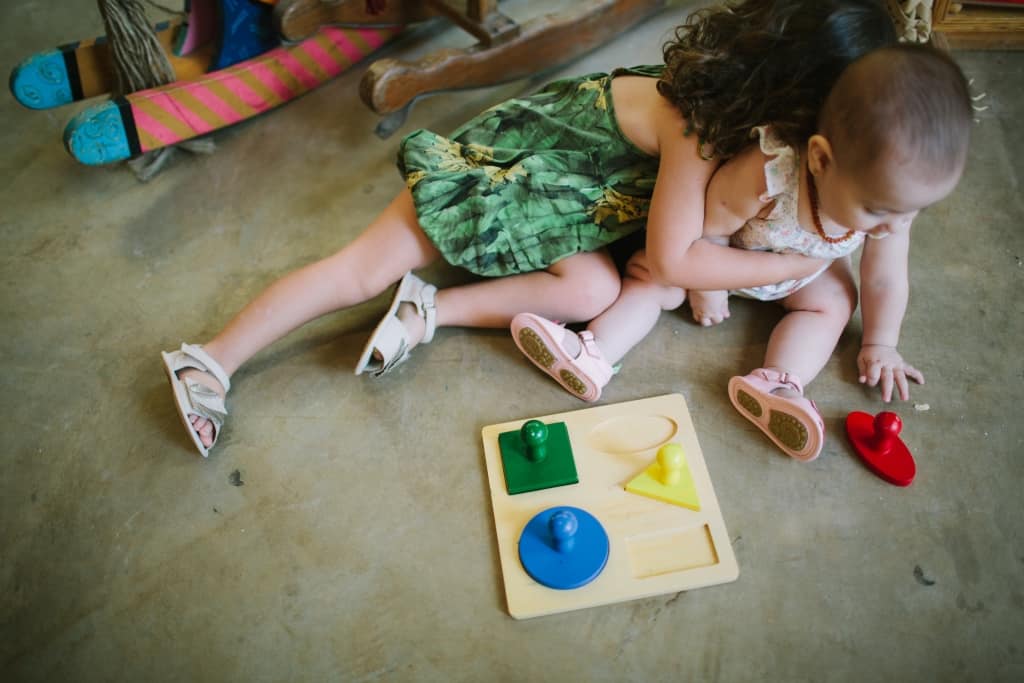
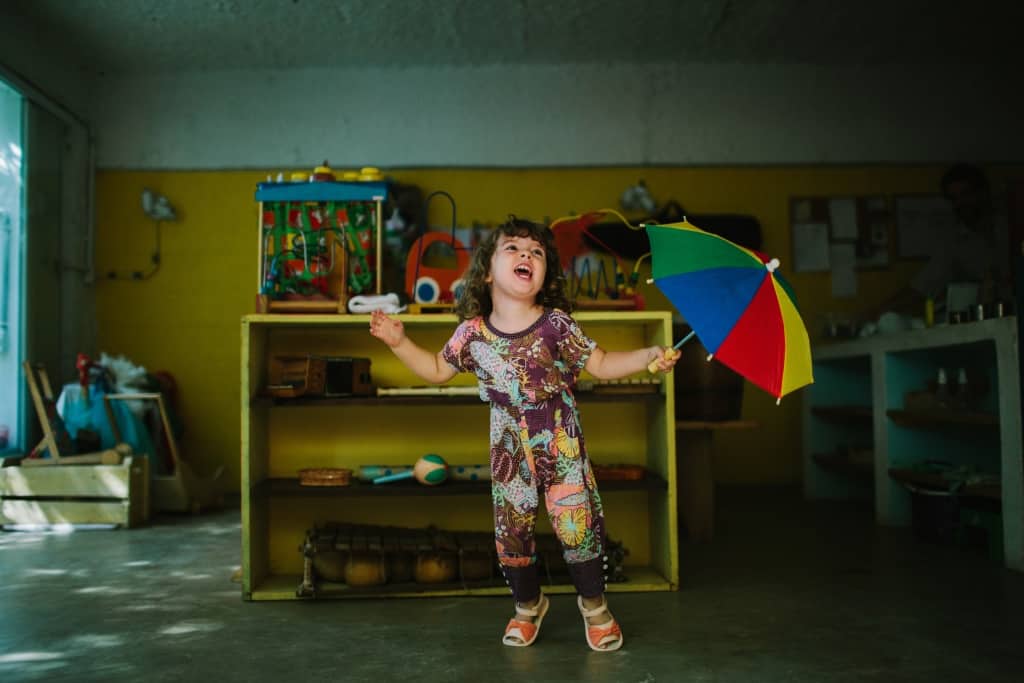

Tip Toey Joey
http://tiptoeyjoey.com
Founded 2001
Founders Ana & Scott McInerney
Katie Kendrick
Katie is a specialist in kids’ fashion and lifestyle, editor, consultant, content creator, and owner of Pirouette - a leading resource to the industry.
With a keen interest in both the business and creative aspects of the industry Katie has interviewed buyers, agents, stylists, designers, influencers, covered runway shows, produced trade show reports and curates thought provoking and engaging exhibitions.
She is passionate about good design, creativity and brands that manage to combine this with their environmental responsibility.
Subscribe to Pirouette's monthly Newsletter.
You might also like
April 8, 2024
Unduetrestella DESIGN WEEK
Kids PR agency Unduetrestella announces their design week 2024 Unduetrestella DESIGN WEEK is proud to collaborate for the first time with TOG Together To Go, on the occasion of the 2024…
April 8, 2024
PR Agency: Unduetrestella
Unduetrestella, Milan, Italy.Unduetrestella works with design and lifestyle brands related to children and families. In recent years, in Italy, the interest in the space dedicated to kids domestic…
March 28, 2024
Sticky Lemon creates new clothes collection
Bold and colourful, Sticky Lemon is much loved for their range of bags and accessories. Now they've added clothes to the mix.I often get asked in interviews ‘what draws your attention to a…
March 27, 2024
Bobo Choses opens new flagship store.
New bricks & mortar store for Bobo Choses Bobo Choses has opened a new flagship store, Rambla de Catalunya, Barcelona, Spain & we are sending our congratulations! Here’s a little…
March 20, 2024
Do you know Little Cotton Clothes?
Quality collection with a hint of English countryside Sisters and mums, Imogen & Leonie threw caution to the wind after both starting a family by then starting to design their own kidswear…
March 4, 2024
Vida Kids
Vida Kids, London, UK.Celebrating 20 years in 2023, Vida Kids represents childrenswear and lifestyle brands from around the world. Their showroom and office is located in Islington, London. When…
March 1, 2024
Introducing ‘True Artist’, the new kidswear brand by Bobo Choses’ Founder Adriana Esperalba
True Artist is a new Spanish brand that offers a wide range of kidswear and accessories exploring the world of emotions, the virtual and the intangible through art. Their colourful designs are…
February 29, 2024
Jean Jullien’s ‘Paper People’ at Le Bon Marche Rive Gauche, Paris
If you're in Paris make sure to pop into Le Bon Marche, Rive Gauche - there you will encounter two gigantic blue paper people created by Jean Jullien. Art set in a retail space ensuring an enhanced…
February 27, 2024
The Little Red Planet
Mindi Smith talks to us about The Little Red Planet, her children's boutique based in Sag Harbor, New YorkLaunched online in September 2018, the first brick ‘n mortar followed in Dec 2018.…






